For more than 25 years visitors to Dublin – and many residents too – enjoyed the unique experience of seeing how life was lived in a typical Georgian house during the 1790s. Lavishly decorated and furnished with period pieces from the National Museum of Ireland, the ESB-sponsored Georgian House Museum at 29 Fitzwilliam Street Lower was a notable success.
It was an act of atonement for its government-approved demolition of 16 Georgian houses in 1965 to make way for a new headquarters designed by the architects Stephenson Gibney after Sir John Summerson, an English architectural historian engaged by the ESB, had infamously written them off as “a sloppy, uneven series…simply one damned house after another”.
Less than 50 years after its completion in 1970 the contextual modernist building was demolished and the entire site redeveloped for a much larger office complex designed by Grafton Architects and O’Mahony Pike Architects. Tall blocks to the rear, looming up behind its populist Georgian-pastiche facade, are clearly visible from the middle of Merrion Square Park.
This was inevitable because the new complex contains double the floor space that the ESB actually needed for its own headquarters. So the State-owned electricity company was able to sell half of it while it was under construction, in November 2020, to the French investor Amundi Real Estate for €180 million, which would have more than paid for the whole lot.
READ MORE
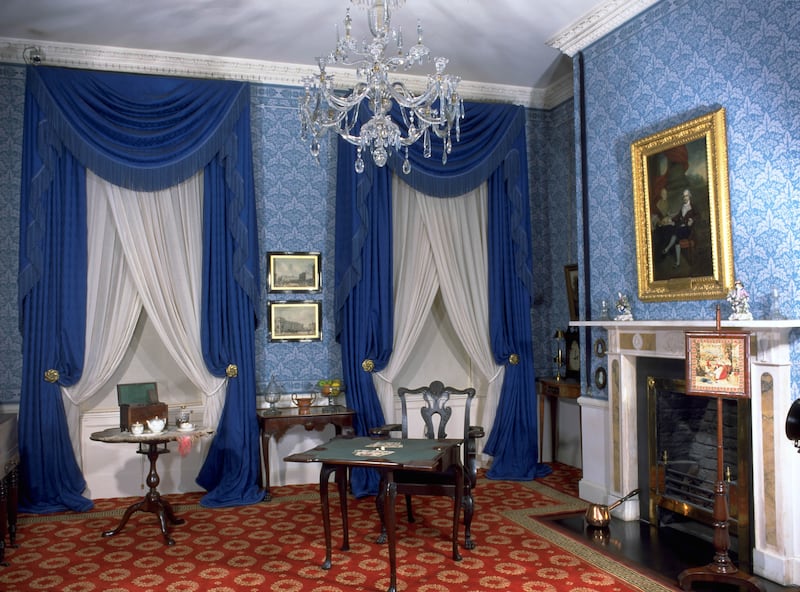
The Georgian House Museum, aka Number Twenty Nine, was a collateral casualty. It had been “closed temporarily” in 2017 to enable work to get under way on the demolition of Stephenson Gibney’s building next door and its replacement by the new office complex. All of the period furniture on display in the house was taken back by the National Museum, where much of it is now in storage.
Conservationists were taken aback when the ESB then sought planning permission to convert Number Twenty Nine into luxury apartments, as it had already done with five adjoining houses on Mount Street Upper. Dublin Civic Trust said the “effective annihilation” of an important cultural attraction was “a shocking indictment of the corporate outlook of Ireland’s leading State utility”.
Since it opened in 1991 the museum had been “the only example of its kind in the capital, providing access behind a typical Georgian facade, [and] was particularly popular with international visitors and with many thousands of schoolchildren who visited each year, as a rare opportunity to engage with Dublin’s built and social history in an interactive educational facility”.
The Irish Georgian Society also rowed in. While supporting reinstatement of residential use in the area it said the ESB’s proposal would “result in the sad and significant loss of a museum of Dublin home life for the period 1790 to 1820 which for over 25 years had a stated aim to make accessible the social, decorative, cultural and political history of the Georgian capital”.
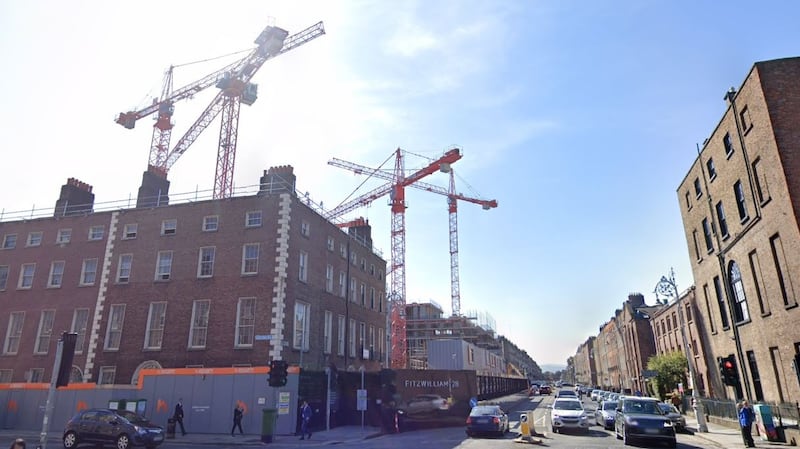
Dublin City Council’s planners agreed. Refusing permission, they said the proposed change of use “would constitute a loss of a significant cultural use in an established cultural quarter ... adjacent to some of the city’s most popular cultural and historic tourist attractions”, and would also “set an undesirable precedent for the loss of further cultural facilities in the city”.
John Molloy, a retired engineer with a long-standing interest in Georgian Dublin, initiated High Court proceedings against the ESB, citing written undertakings given in the 2014 planning application to redevelop its headquarters that No 29 would be retained as a Georgian house museum. He was then invited to meet senior officials and become a “stakeholder”.
Last month the ESB announced a partnership with the State-funded Irish Heritage Trust in the renovation of 12 Fitzwilliam Street Lower, near the corner of Baggot Street, to “showcase Georgian Dublin and technological developments in domestic life over 200 years”, according to Paul Smith, ESB’s executive director of engineering and major projects.
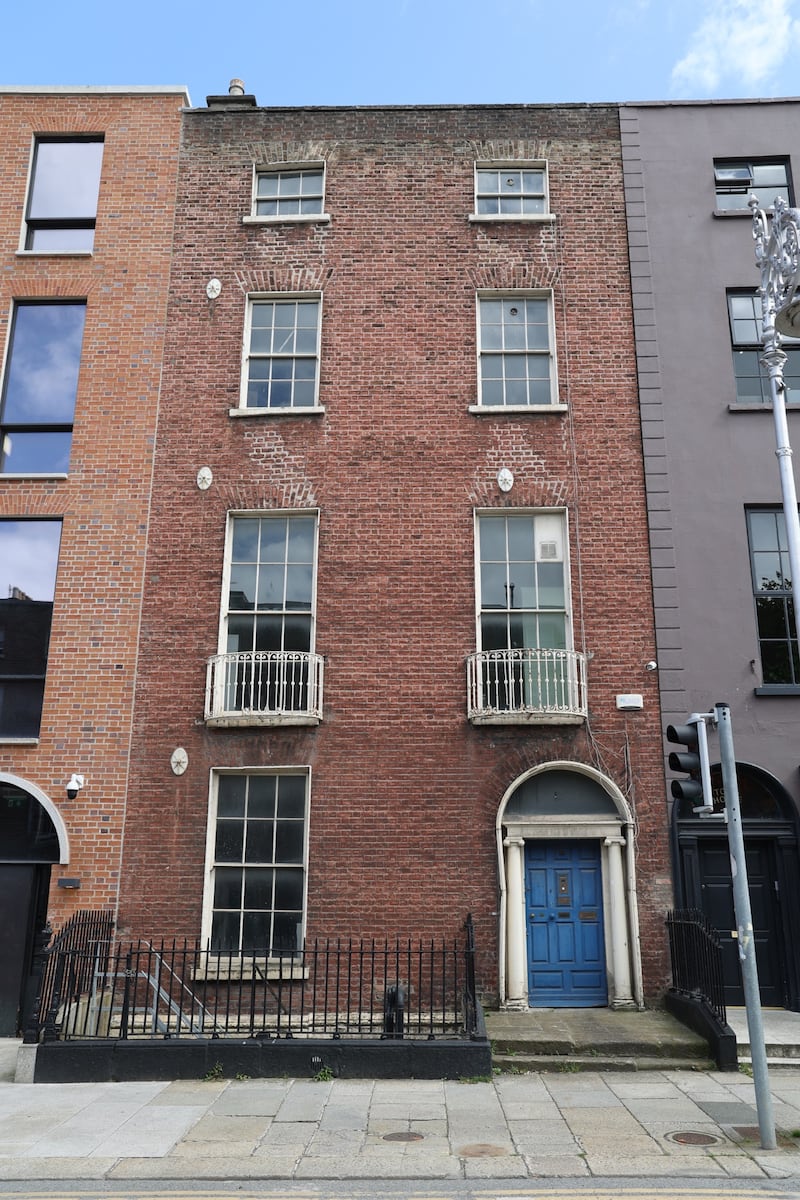
This project is highly problematic. The selected house, which dates from the 1820s, is quite unremarkable, being only two bays wide – compared with the three-bay No 29, dating from the 1790s – and fails to convey the grandeur of Georgian Dublin. For many years it was used to provide bedsits for ESB staff, and its current condition looks fairly miserable.
Like No 29 there is no longer a garden or coach house behind No 12; they were swallowed up decades ago by the ESB’s earlier redevelopment of this city block, and the rears of both houses are now enclosed by a canyon of office buildings. Indeed, it stands forlorn, sandwiched between the ESB’s new headquarters and the Thomas Rody Maher bar.
“To compound the matter, vital accessibility and back-of-house facilities required for a museum could have been incorporated as part of the wider Fitzwilliam Street development. Instead they’re now going to be shoehorned into, or on to, an already compromised protected structure,” says Graham Hickey, Dublin Civic Trust’s chief executive.
Other Georgian cities in these islands have shown a lot more respect for this part of their heritage than Dublin has by establishing period-house museums in fine buildings in the best parts of town. Bath’s museum is located at 1 Royal Crescent, right at the end of the English spa city’s sweeping majestic masterpiece, which was designed by John Wood and completed in 1774.
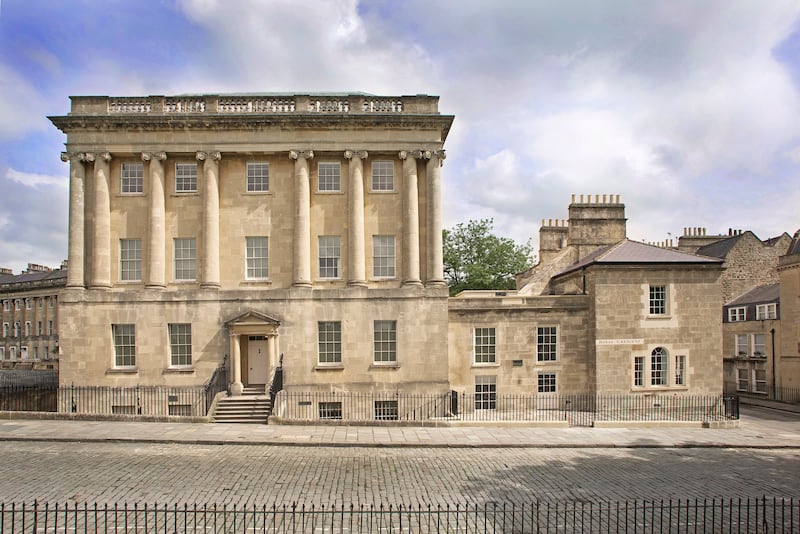
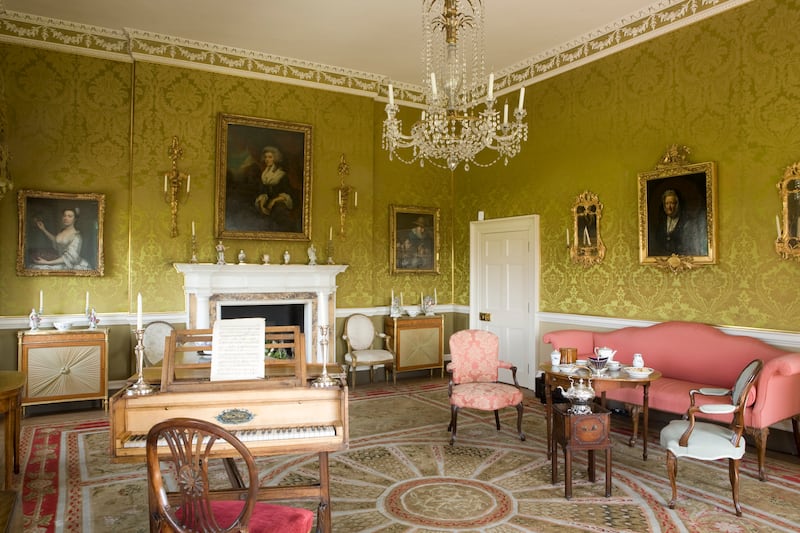
Edinburgh’s Georgian house museum is in the New Town’s palatial Charlotte Square – designed by Robert Adam in 1791 – right next door to Bute House, the official residence of Scotland’s first minister. Restored by the National Trust for Scotland, it first opened to the public in 1975, fully furnished to the highest standards and with guides in period costumes.
Although primarily renowned for its maritime history, Bristol also has a Georgian house museum, aptly located on Great George Street, which aims to show visitors “what a Bristol sugar plantation and slave owner’s home might have looked like around 1790, from the basement kitchen where servants prepared meals for the elegant formal rooms above”.
All we have in Dublin now is a poorly presented series of “reconstructed rooms” at the National Museum in Collins Barracks depicting four centuries of furnishings that includes an 18th century diningroom. It is dull, lifeless and tokenistic compared with the house museums in Bath, Bristol and Edinburgh – or, indeed, 29 Fitzwilliam Street Lower when it was open.
There are many fine period houses that would be suitable for conversion into a Georgian house museum worthy of Dublin’s rich heritage, notably 42 O’Connell Street Upper, which is the sole surviving intact 18th century house on the capital’s principal thoroughfare, with superb rococo plasterwork by the stuccodore Robert West behind its plain brick facade.
This nationally important house, which was the Catholic Commercial Club from 1882 to 1972, has been vacant for more than 20 years. It is now in the hands of Hammerson plc, the British developer planning a huge commercial scheme extending westward to Moore Street. It has pledged that the house will be restored, probably for a private members’ club.
Other alternatives that could be considered for delivering a truly authentic Georgian house museum might include any of the 18th century buildings (formerly O’Connell’s CBS) flanking the Hugh Lane Gallery on Parnell Square owned by Dublin City Council, or 41 Parnell Square West, with grand rooms and good plasterwork, which is also in the council’s hands.
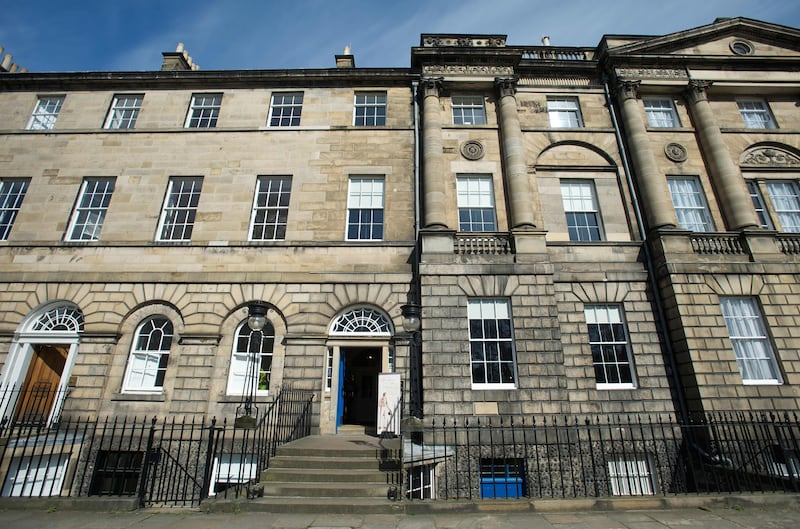
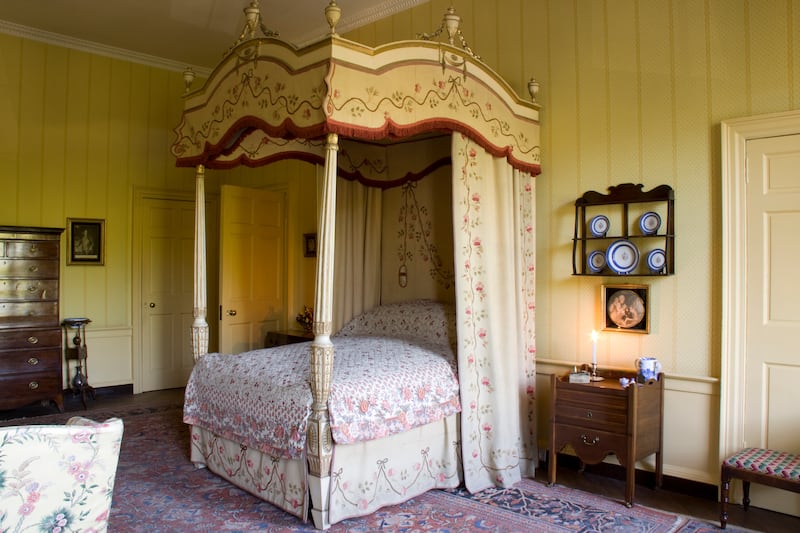
“Ultimately public money is going to be invested in the current suboptimal plan that achieves nothing other than solve a corporate conundrum for the ESB, enabling a second stab at its apartments scheme for Number Twenty Nine,″ Graham Hickey says. “We have to aim for a better showcase of Dublin’s 18th century urbanism and decorative arts, with all cultural stakeholders involved.”
John Molloy, who has been invited to inspect the interiors of the two Fitzwilliam Street houses, believes that “we must persuade the ESB to change direction and recognise that it owes a huge debt to Georgian Dublin”. His view is that it would be “much, much better” if the company purchased one of the houses on Fitzwilliam Square, complete with a rear garden and coach house.
The ESB has said it will seek planning permission before the end of this year to install three high-end apartments in No 29 and to carry out a “conservation-led refurbishment” of No 12 – even though it is too small to serve both as a proper Georgian house museum and as a vehicle to illuminate how electricity has changed our home lives.
With the centenary of the ESB’s establishment, in 1927, to oversee the heroic Ardnacrusha hydroelectric scheme fast approaching, the current muddled project would not be a good marker.






















